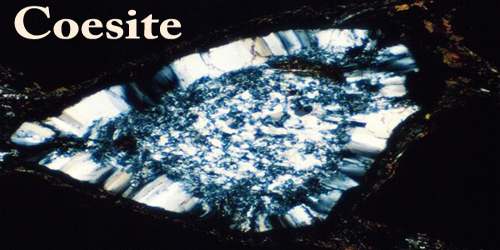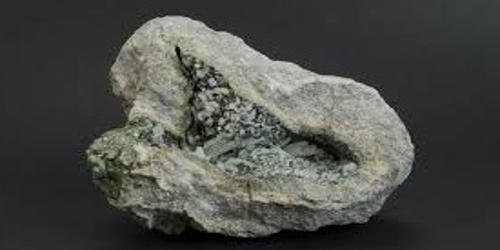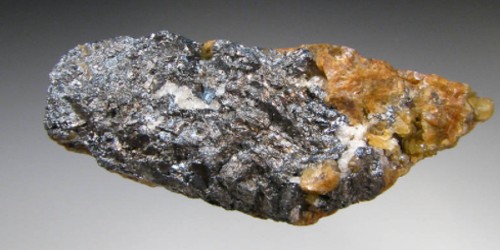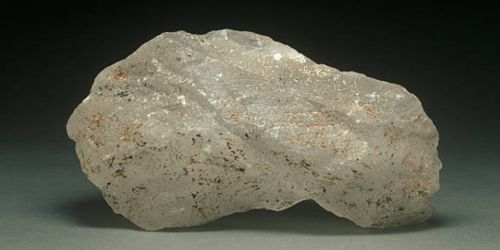Red beryl (formerly known as “bixbite”) is a red variety of beryl. It was first described in 1904 as an occurrence, its type locality, at Maynard’s Claim (Pismire Knolls), Thomas Range, Juab County, Utah. The old synonym “bixbite” is deprecated from the CIBJO, because of the risk of confusion with the mineral bixbyite. The dark red color is attributed to Mn3+ ions.
General Information
- Formula: Be3Al2Si6O18
- Color: Gooseberry red, carmine red, scarlet red
- Lustre: Vitreous
- Hardness: 7½ – 8
- Crystal System: Hexagonal

Properties of Red Beryl
- Transparency: Transparent, Translucent
- Streak: White
- Tenacity: Brittle
- Cleavage: Imperfect/Fair {0001}
- Fracture: Conchoidal, Sub-Conchoidal
Red beryl is very rare and has been reported only from a handful of locations: Wah Wah Mountains, Beaver County, Utah; Paramount Canyon and Round Mountain, Sierra County, New Mexico, although the latter locality does not often produce gem grade stones; and Juab County, Utah. The greatest concentration of gem-grade red beryl comes from the Ruby-Violet Claim in the Wah Wah Mountains of the Thomas range of mid-western Utah, discovered in 1958 by Lamar Hodges, of Fillmore, Utah, while he was prospecting for uranium. Red beryl has been known to be confused with pezzottaite, a caesium analog of beryl, that has been found in Madagascar and more recently Afghanistan; cut gems of the two varieties can be distinguished from their difference in refractive index, and rough crystals can be easily distinguished by differing crystal systems (pezzottaite trigonal, red beryl hexagonal). Synthetic red beryl is also produced. Like emerald and unlike most other varieties of beryl, red beryl is usually highly included.
While gem beryls are ordinarily found in pegmatites and certain metamorphic stones, red beryl occurs in topaz-bearing rhyolites. It is formed by crystallizing under low pressure and high temperature from a pneumatolytic phase along fractures or within near-surface miarolitic cavities of the rhyolite. Associated minerals include bixbyite, quartz, orthoclase, topaz, spessartine, pseudobrookite, and hematite.
Occurrence
Beryl occurs in granites and granite pegmatites, and, rarely, in nepheline syenites. It may occur in mafic metamorphic rocks, low to high-temperature hydrothermal veins, and in vugs in rhyolite.
It is often associated with minerals such quartz, topaz, feldspar, lepidolite, spodumene, muscovite, amblygonite, cassiterite, columbite, tantalite, and tourmaline.
Information Source:
















